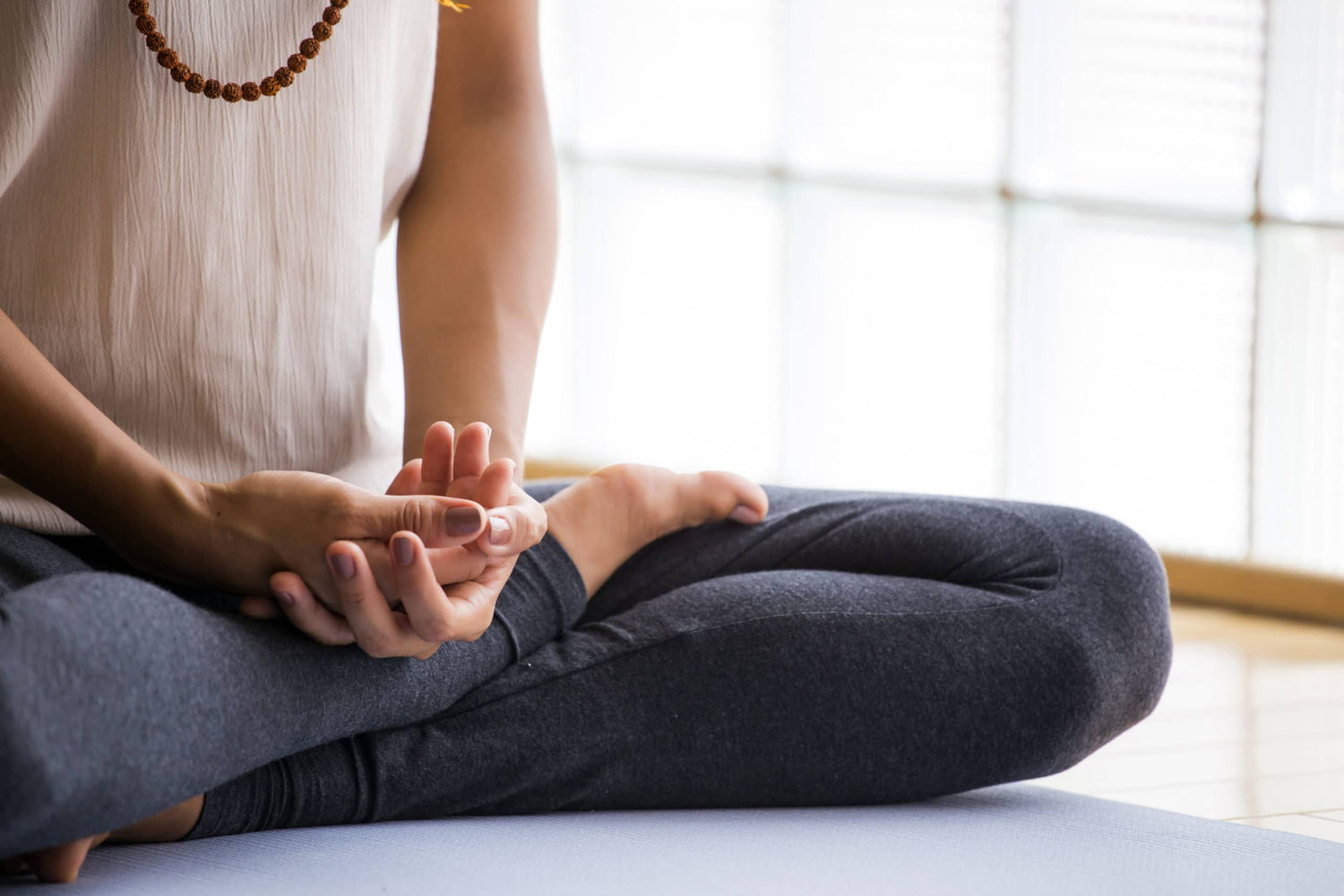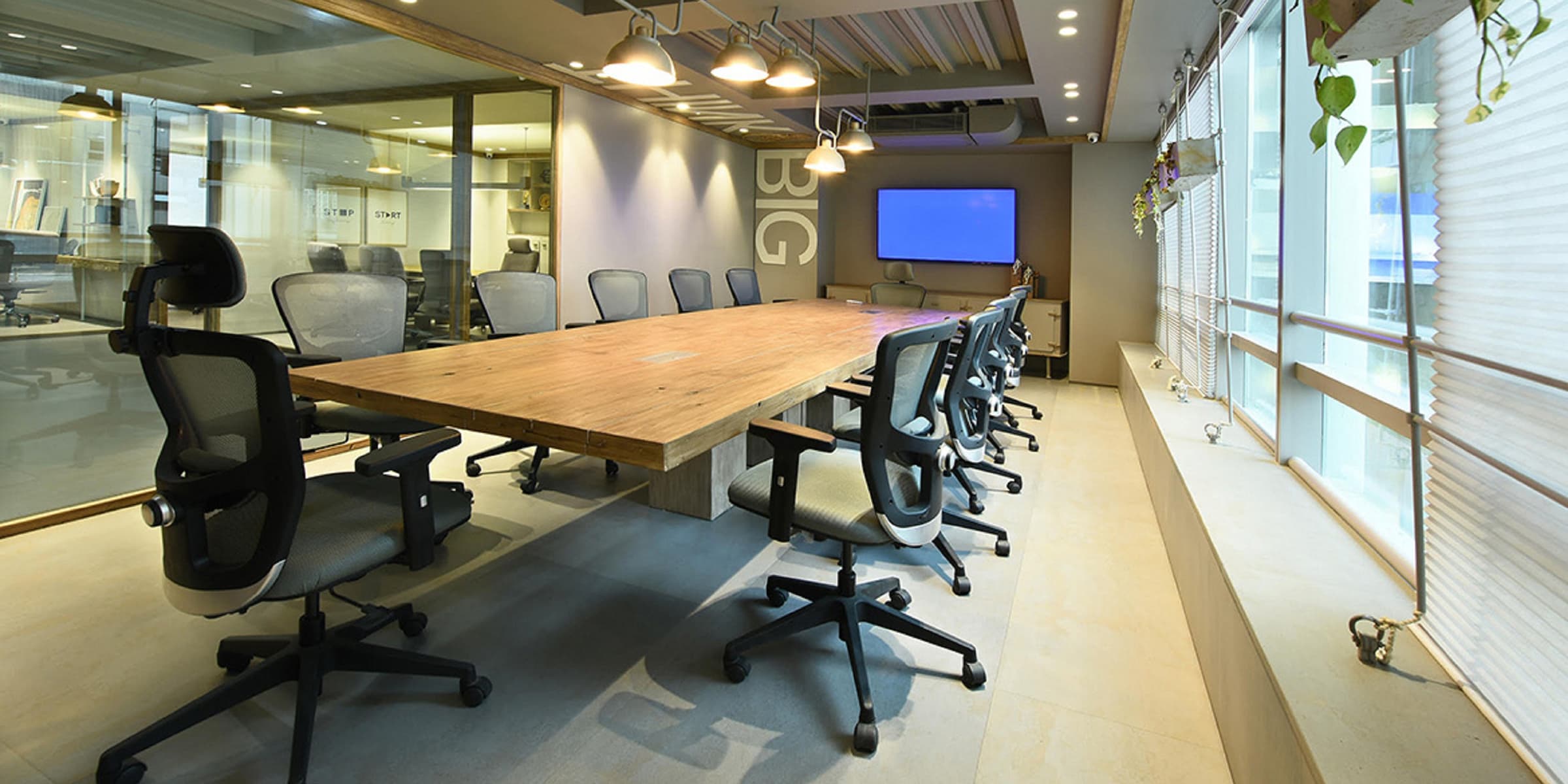Sometime ago I introduced a statistician programmer friend, Ramiro, to active sitting, and his eyes immediately lit up. But his first sentence took me by surprise: “When I sit on this chair, my mind goes to exactly the place that it goes when I meditate.” It wasn’t unusual that the topic of meditation came up; Ramiro is a long time committed meditator who sits for hours each day. No, it was the fact that active sitting somehow triggered Ramiro’s meditation response that was unexpected.
As we tried to puzzle out what was going on, Ramiro volunteered this hypothesis. Because sitting actively brought his pelvis, spine, and hips into the same perfect alignment required for meditation, his brain looked around and said “Oh, I must be meditating”, and lapsed quietly into its meditation mode.
We have no evidence for this hypothesis, of course. Perhaps EEG recording might be a way to get an objective answer. But Ramiro’s insight feels right. Neurobiologists have long known that the brain has mirror neurons that look at what the body is doing, and then go on to adjust attention and thought directly.
I didn’t think much more about the relationship of active sitting and meditation until another friend and longtime meditator, Alex, was delighted when we cut the legs off of one of our active chairs for him, so the chair would sit flush on the floor. This very short (five-inch tall) “chair” delighted Alex, because severe hip arthritis was making seated meditation on the floor challenging for him. The chair we’d modified for him was just tall enough to relieve his hip discomfort and made meditation a part of his life again. I observed that this was likely a one-off, but Alex responded: “Oh, no. There are lots of folks who find sitting on the floor to meditate challenging. I think you’ve invented a meditation prosthesis”.
Of course, the very idea of proposing a change in how people sit when they meditate is an act of overweening hubris: every meditation tradition has its own prescriptive approach for how to sit, the zafu being the iconic symbol of Zen meditation. The idea that we could improve on the zafu which has been used for centuries seems more than a little unlikely.
And yet…
Mindfulness is more general than meditation, of course. One can mindfully engage in tasks like, well, spreadsheets, programming, even email. When in a state of flow, time can pass quickly, and concentration can be intense. So, could active sitting be useful in day-to-day seated tasks? Here’s one more vignette: Before the pandemic, we dropped off a few active chairs at a Morgan Stanley office. The idea of getting an edge on physical fitness by sitting actively really appealed to the type A types at this brokerage firm. But one analyst sent us an email a few weeks later, claiming that now that he was sitting actively, he no longer needed his mid-morning and mid-afternoon double espressos. Somehow sitting actively had replaced his caffeine requirement.
So, have we created a chair for meditation? Well, certainly not intentionally. But the meditation tradition is one of ruthless experimentation: If your practice isn’t working, change something! Perhaps active sitting can help those who have aged out of their traditional sitting posture. And on a more prosaic note, there’s this: maybe active sitting can bring a little more mindfulness, and thus productivity, to every day. There’s a guy at Morgan Stanley who’s saving $6 a day on espressos.





2 comments
Turner Osler
Chris,
Thanks so much for letting me know at least a few of my blogs are finding an audience.
I’ll continue writing posts about once a month, mostly because I can’t help myself, but now with the additional motivation that someone might be reading them.
Chris Ferguson
I just wanted to say I’m so happy I discovered you, please continue your blog posts
Leave a comment
All comments are moderated before being published.
This site is protected by hCaptcha and the hCaptcha Privacy Policy and Terms of Service apply.